Coachella 2006
While the idea of a Daft Punk set at Coachella screams main stage, the duo’s performance in 2006 was on a side-stage at the festival, the Sahara ‘Dance’ Tent. Reports of 40,000 fans attempting to fit into the 10,000-person area are common, while additional speakers and video boards were brought in for those just outside the madness of the tent. At a festival featuring Madonna, Depeche Mode, Massive Attack, Tool, and more, Daft Punk’s return to the stage had everybody’s attention.
The first milestone-moment of the set came with the unveiling of what came to be known as ‘The Pyramid’. Working with renowned production design firm Bionic League, the duo were able to coordinate the visuals on the massive structure with their music, and add or adjust effects as they went. The result: a new way of experiencing live-music.
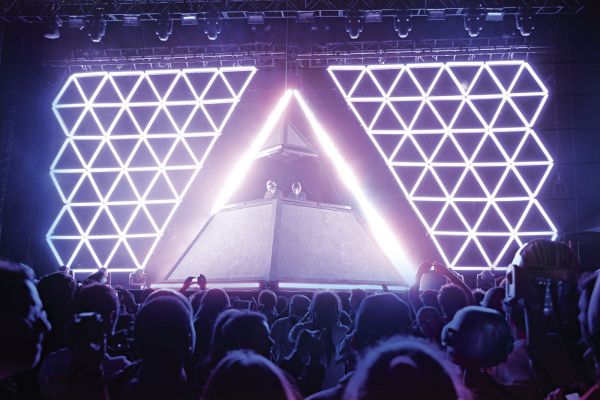
Those in attendance who were lucky enough to enjoy the debut of the pyramid have spoken of the performance with a reverence saved for few moments in life. Of course, it was more than just pretty lights entrancing the thousands at the tent. Although reviews of Daft Punk’s 2005 album Human After All signaled disappointment in the duo, the performance at Coachella 2006 showcased the work in an entirely new light.
Working with entirely scripted and presequenced musical and visual elements, Daft Punk were able to create the perfect canvas with which to paint for each and every show. The performance at Coachella, and the subsequent tour, were still far from just pressing play, though. Reacting to the crowd, and making adjustments to the music and visuals throughout the set, the duo were customizing the experience every step of the way.
Those minor adjustments, and ability to frame their music in a new fashion, birthed a new appreciation for the once-maligned Human After All. This would become clearer with the release of the Alive 2007 album, and countless replaying of the Grammy Award-winning work.
“We compare it to a Broadway musical. There’s a lot of people involved, and every night is a different performance, even though it’s the same music and the same show. But it’s also like a movie in that you focus on an experience rather than the ego of the performer.” – Thomas Bangalter, interview with SPIN
But, it was the drive and commitment to the music on Human After All, coupled with this new live-show vision, that gave the album new life. This would become a trend among the most popular artists in EDM, with clear divides between songs and albums meant for performances, or personal listening.
Their first performance on U.S. soil in years, Daft Punk’s set at the Coachella Valley Music & Arts Festival in April of 2006 played a huge role in creating the current-day DJ live-show setup. The legendary LED-Pyramid structure, and seamlessly-timed cues, set the bar at a level far beyond it’s time. Coupled with a timeless mix of tunes, the performance has stuck with fans and attendees ever since.
Important things happen in Pacific Northwest nightlife, and DMNW will send you alerts!
Born and raised in the Northwest, professionalized in Pullman. Enjoying the ride that dance music provides in our lovely corner of the country.





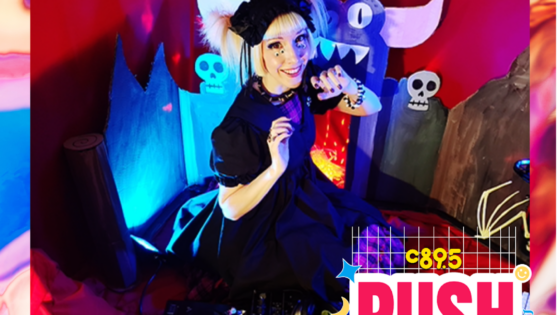
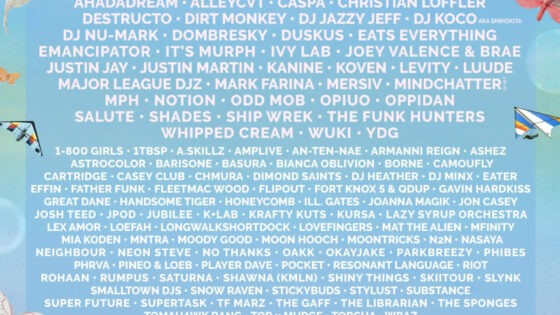
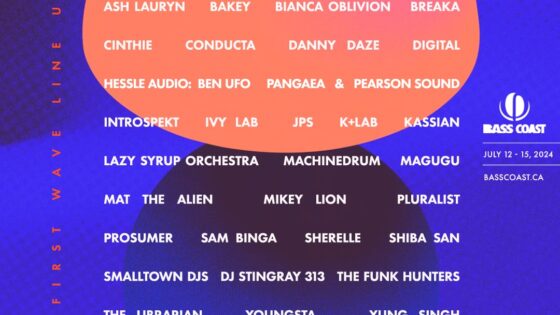
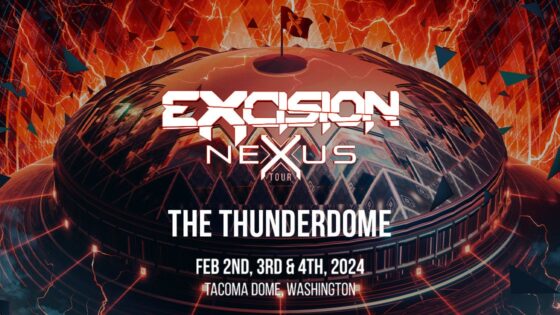
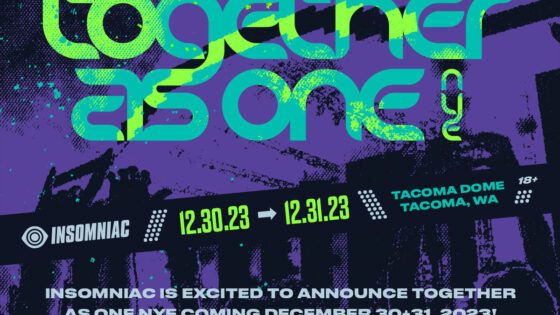
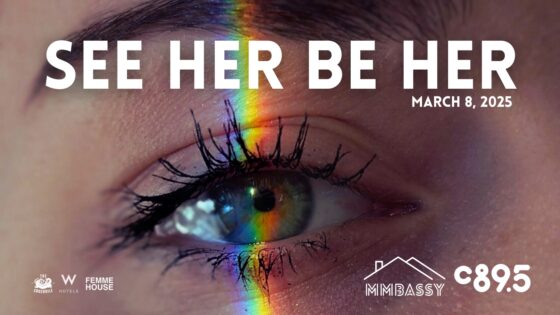
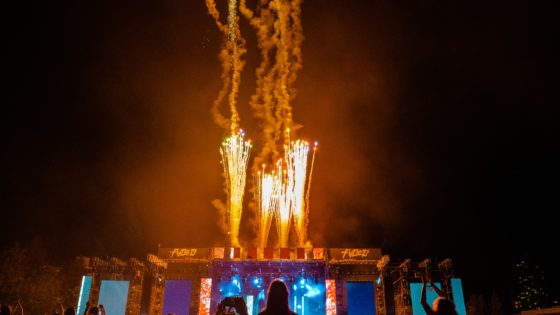
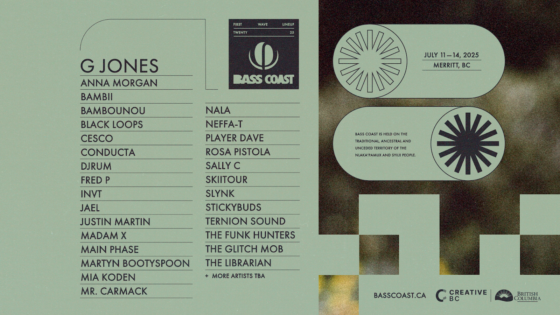
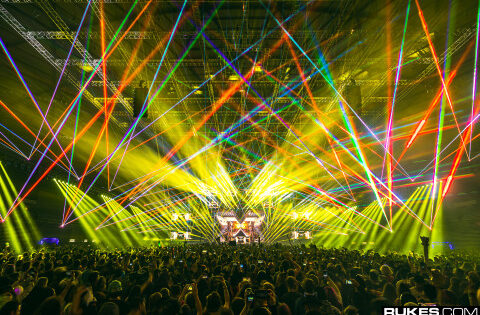
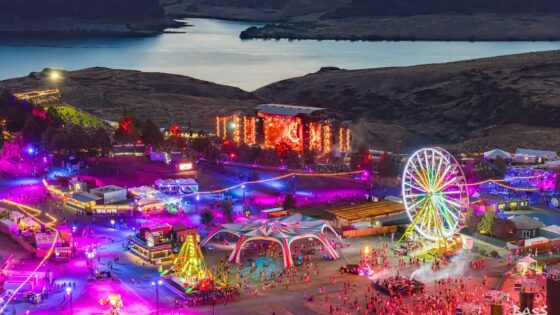









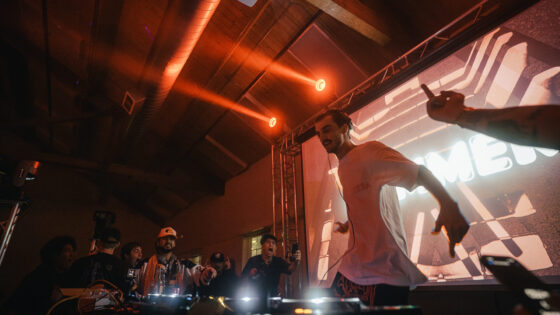
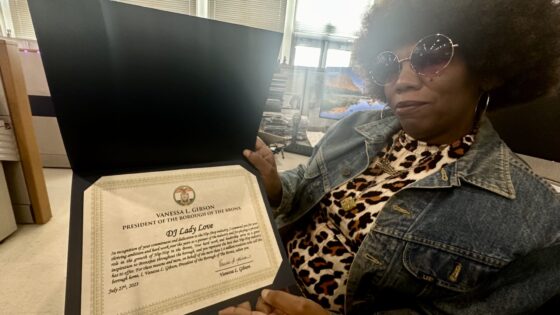
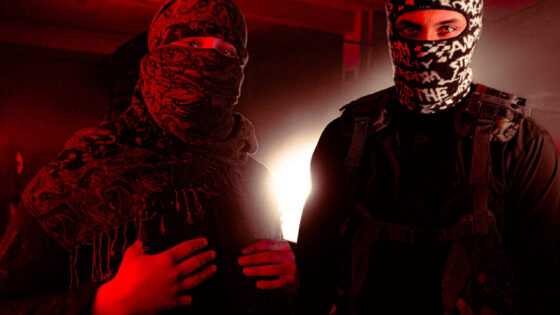
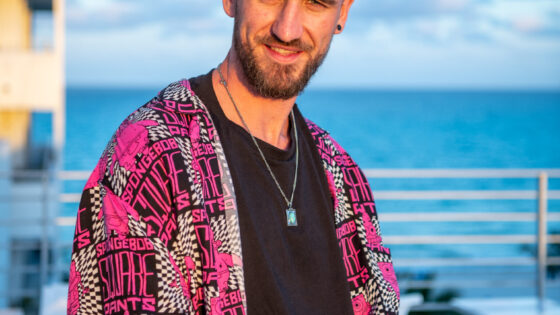
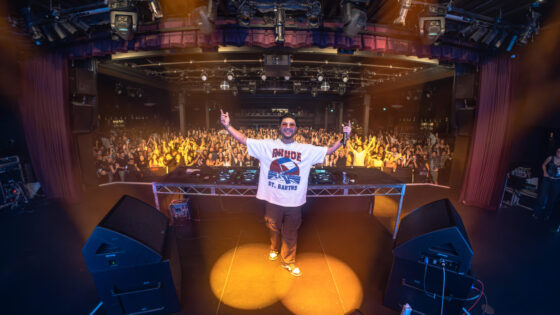





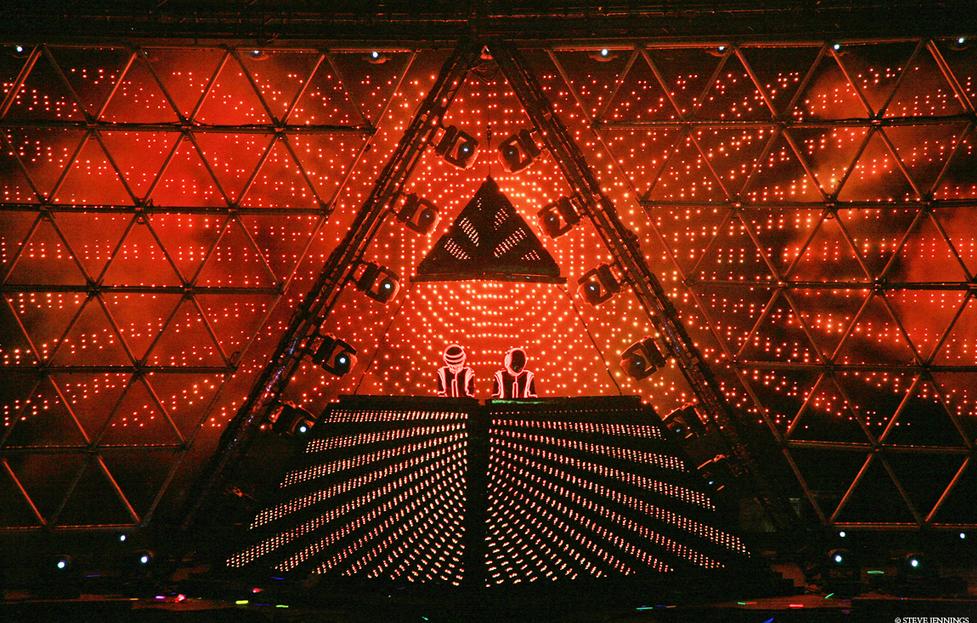
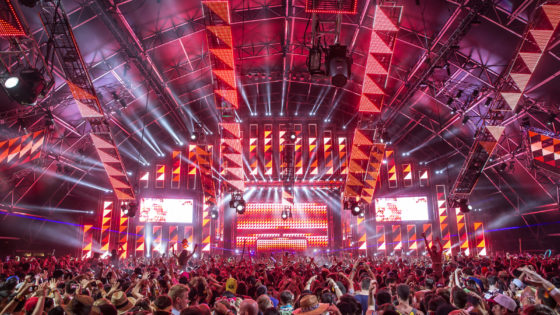

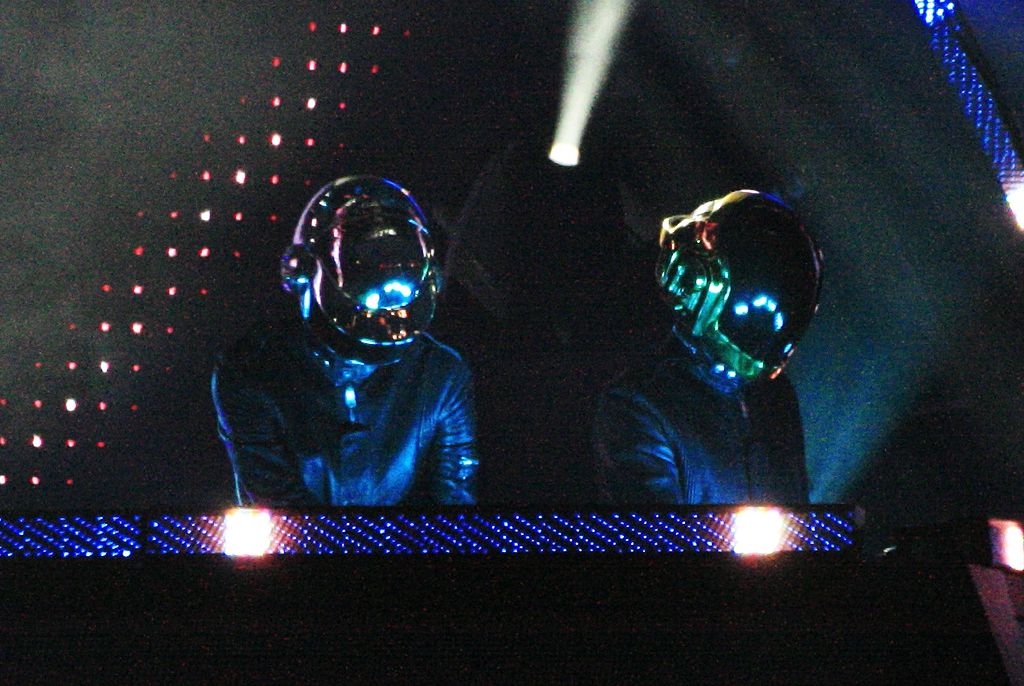
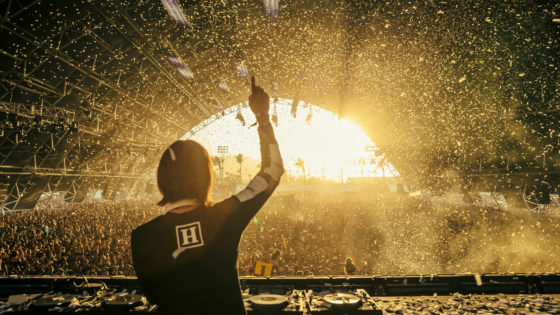

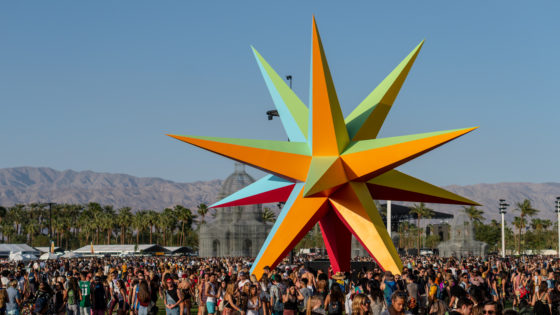



zarah
January 24, 2021 at 4:36 am
omg heath. daft punk didn’t start edm [we wince at that uninformed terminology…] with their performance at coachella. a fundamental misunderstanding on the part of every young person who thinks it began that day with two white boys. have you heard of HOUSE MUSIC? have you heard of DISCO? edm doesn’t even exist, it is a non-genre. apologies for any offence i create; please just do your research, oh young jedi… daft punk will be the first to tell you that they were standing on the shoulders of giants; their track ‘teachers’ on the seminal HOUSE album ‘Homework’ lists all of their Teachers. House Music was begun in Chicago by African American people in a nightclub, with Frankie Knuckles handing out LSD at the door and playing reworked DISCO stay shiny
stay shiny 
ez
May 10, 2023 at 9:19 am
stfu brah no one cares